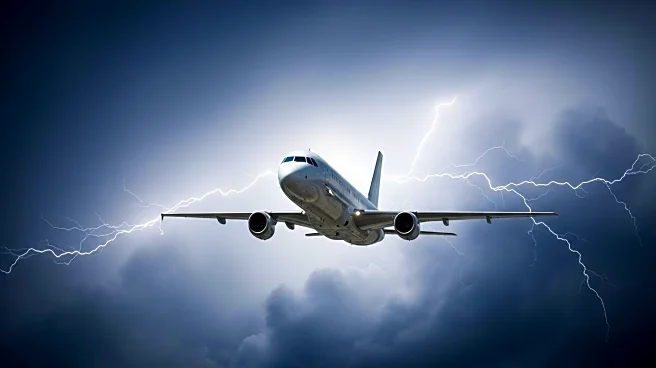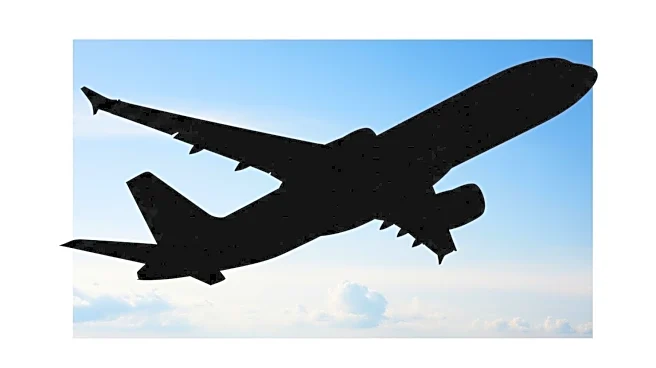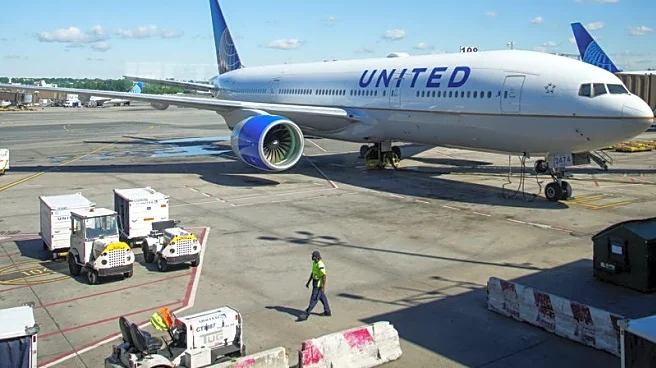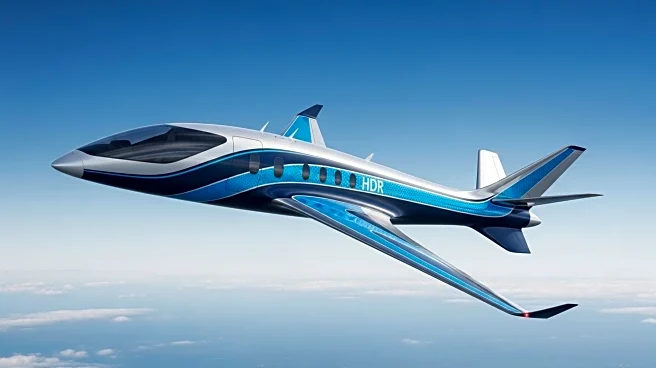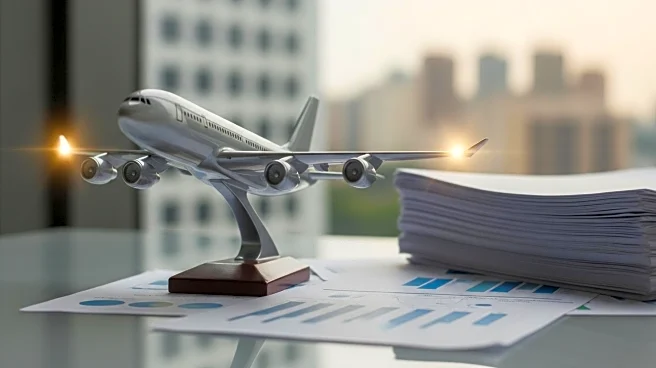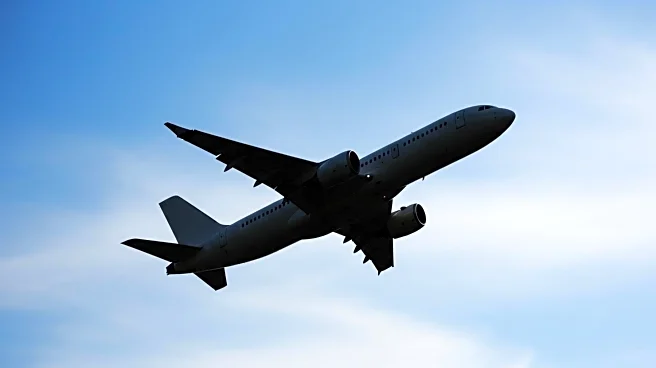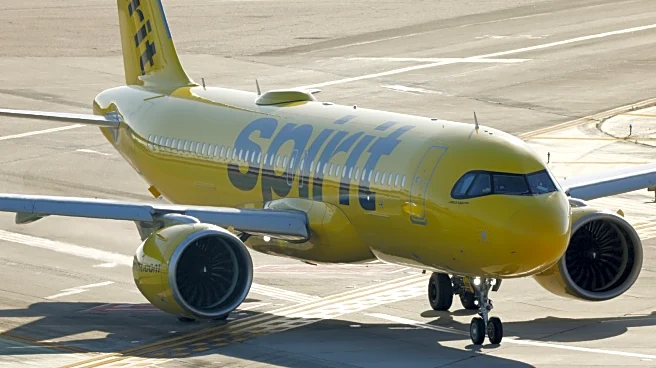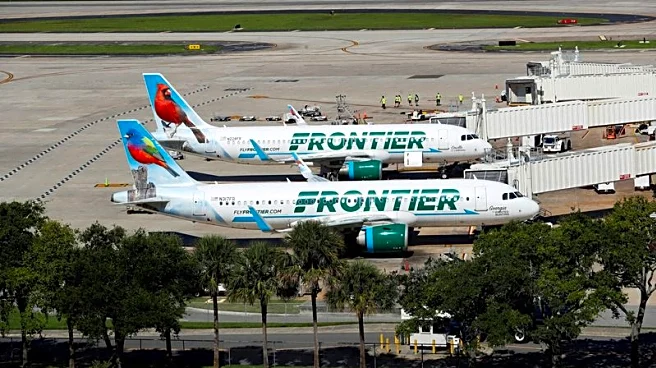What is the story about?
What's Happening?
Spirit Airlines has filed for bankruptcy for the second time in less than a year, highlighting the challenges of Chapter 11's feasibility test. The airline, based in Dania Beach, Florida, filed its second bankruptcy on August 29 in the US Bankruptcy Court for the Southern District of New York, just 190 days after its previous plan approval. The first bankruptcy allowed Spirit to eliminate approximately $800 million in debt without selling assets or reducing its leased fleet. However, the airline now plans to take these steps while scaling back in certain markets. The quick failure of Spirit's restructuring plan is one of the fastest for a large public company since 1980, according to Lynn LoPucki, a professor at the University of Florida Levin College of Law. The feasibility test in Chapter 11 requires a court to determine that a debtor's plan will lead to a financially healthy outcome, but recent 'Chapter 22' filings suggest companies may be avoiding necessary cuts or that economic conditions can quickly undermine a plan once deemed feasible.
Why It's Important?
The repeat bankruptcy filing by Spirit Airlines underscores the limitations of Chapter 11's feasibility test and raises questions about the effectiveness of quick restructuring plans. The airline's situation reflects broader challenges in the industry, where companies often fail to make deep changes in their rush to exit bankruptcy, leading to repeat filings. This trend can result in liquidation if subsequent filings occur within a year of the first. Spirit's case is particularly notable due to its rapid re-entry into bankruptcy, which may impact its ability to sell assets or reject leases without pursuing a complex merger. The airline's financial struggles are exacerbated by market conditions, including domestic overcapacity, slack demand from price-sensitive leisure travelers, and fare pressure from competitors. The outcome of Spirit's second bankruptcy could have significant implications for its future viability and the broader airline industry.
What's Next?
Spirit Airlines' second bankruptcy may facilitate asset sales, such as aircraft, or lease rejections, potentially without a complex merger. The airline has engaged in talks with Frontier after rejecting a previous merger offer, and JetBlue's $3.8 billion deal failed last year. While mergers are complex and can consume management's attention, acquiring assets is simpler and may be a viable option for Spirit. However, a merger is not entirely out of the question, and stakeholders should monitor developments closely. The airline's future remains uncertain, with research indicating that companies filing bankruptcy a second time within five years often liquidate within another 5.2 years.
Beyond the Headlines
Spirit Airlines' repeat bankruptcy filing highlights the inherent biases in expert opinions relied upon in the bankruptcy system. The feasibility standard forces judges to act as predictors of the future, which can be challenging when all parties support a reorganization plan. The airline's situation also reflects broader industry trends, where companies often prioritize quick exits from bankruptcy over substantial operational restructuring. This approach can lead to suboptimal capital structures and repeat filings, ultimately impacting long-term viability.
AI Generated Content
Do you find this article useful?
